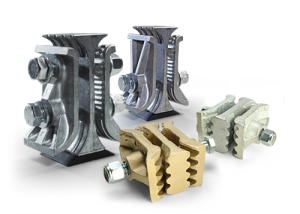Grains are one of the foundations of many industries. They are vital sources of nutrients in many countries and a staple on every table. Grains also serve as ingredients in livestock feed, fuel, cosmetics, and alcohol production. Yet grain quality is complicated, shaped by many factors from planting to consumption. These influences can be classified as intrinsic or extrinsic, with each playing an essential role in determining the final value of the grains.
Intrinsic factors
Color, aroma, and size are sensory cues that provide information about the condition of the grains. A deep color indicates ripeness, whereas unusual odors may indicate contamination. A seemingly insignificant aspect, size, and shape uniformity, significantly impact processing efficiency and end-product characteristics. The nutritional composition of grains, which includes proteins, carbohydrates, fats, and vitamins, is essential to their dietary value. Bulk density — which is frequently overlooked — influences storage, transportation, and the susceptibility of grains to breakage during handling.
Extrinsic factors
Moisture content must be balanced to achieve good grain quality. Excess moisture promotes mold and spoilage, whereas insufficient moisture results in hardness and lower protein levels. Enzymatic activity, oxidation, and moisture absorption contribute to grain quality degradation as grains age. Mishandling can cause broken or immature grains, disrupting processing and overall quality. Infestations of pests, pathogens, and mycotoxins endanger both consumers and the utility of grains. Foreign matter impacts quality, processing, and potential contamination. Protein content affects storage, blending, grading, and final product quality, especially for gluten-rich grains. The falling number test detects potential sprout damage, which impacts dough properties and shelf life. Furthermore, contaminants such as herbicides, fungicides, insecticide residues, and mycotoxins are closely monitored.
Qualitative and quantitative assessment
Grain quality is assessed using two main methods. Chemical analysis is used in the quantitative approach to measure parameters such as moisture, amino acids, fatty acids, proteins, and compounds. Sensory evaluation delves into physical attributes and changes in raw materials on the qualitative front. Quality can be discerned through the senses of smell, color, taste, sound, particle size, and touch. Damaged kernels, foreign materials, and clumps are all evaluated.
These are just some things that must be considered when handling grains. To know more about how to produce the best quality grain, visit us at KC Supply Co.




